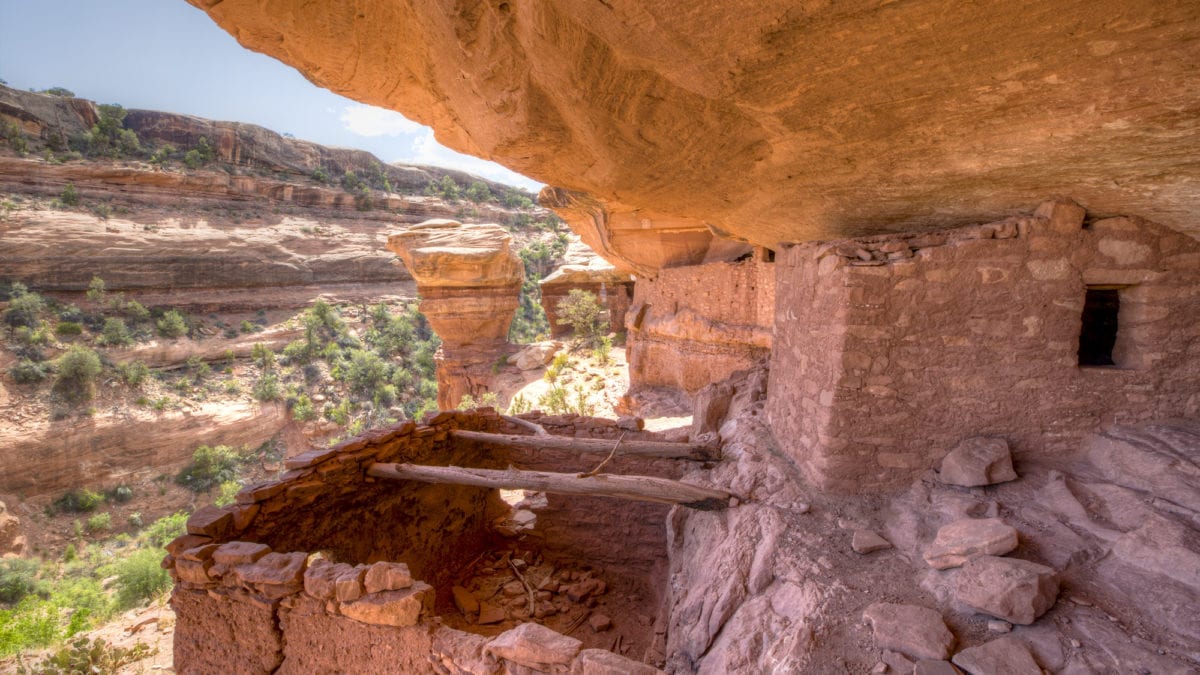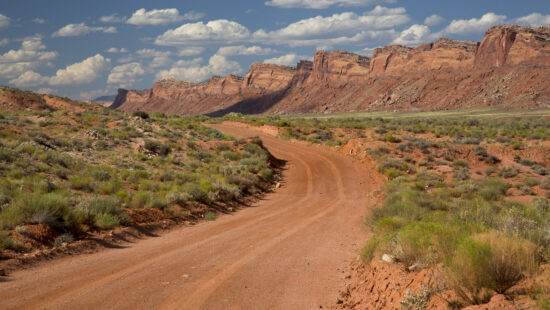Environment
BLM looks to emphasize indigenous knowledge with newly unveiled Bears Ears management plan

Historical indigenous dwelling in Bears Ears National Monument. Photo: Bob Wick // Courtesy of Bureau of Land Management – Utah
By: Kyle Dunphey, Utah News Dispatch
The federal government has unveiled its new plan to manage Bears Ears National Monument in a first-of-its-kind collaboration between five tribal nations and the Bureau of Land Management that seeks to “emphasize Traditional Indigenous Knowledge.”
It’s a big step forward for the controversial monument, which was designated by former President Barack Obama, reduced in size by former President Donald Trump, restored by current President Joe Biden, then challenged in court by the state of Utah in a lawsuit that could make it all the way to the U.S. Supreme Court.
The plan released last week covers everything from road closures and motorized use, to livestock grazing and resource management. It’s what BLM Utah director Greg Sheehan calls “the next step in the Bears Ears National Monument planning process.”
“I greatly appreciate the extensive knowledge provided by the Commission and the State, and welcome substantive public input as the vital next step in considering the alternatives in the draft,” Sheehan said in a statement.
The plan is a product of collaboration between the Ute Indian Tribe, Ute Mountain Ute Tribe, Zuni Tribe, Hopi Tribe and the Navajo Nation — which make up the Bears Ears Commission — and the federal government.
According to the nearly 700-page draft management plan and environmental impact statement released last Friday, the BLM is eying alternative E, one of six possible management plans.
Alternative E emphasizes “Traditional Indigenous Knowledge and a holistic approach to stewardship of this sacred landscape that addresses tangible and intangible aspects” of Bears Ears, the plan states.
It would prohibit recreational shooting inside Bears Ears, while restricting livestock grazing in about 170,000 of the monument’s 1.36 million acres. About 570,000 acres of the monument would be closed to vehicles, while an additional 795,000 acres would be managed as “OHV limited areas” meaning motorized use is limited to certain times or designated routes.
The plan also describes an approach to vegetation management focused on indigenous practices that use “techniques and natural processes to restore ecosystems, return natural fire intervals, vegetation conditions and landscape characteristics.”
“The draft resource management plan represents the culmination of our shared knowledge and insights, offered willingly to federal agencies for the betterment of the monument. Our ancestors have faithfully safeguarded this land for centuries, and as collaborative stewards, we pledge to uphold this sacred duty into the boundless future,” said Curtis Yanito, Navajo Nation Council member and Bears Ears Commissioner, in a statement.
The BLM also announced a 90-day public comment period, clarifying in its draft plan that Alternative E is the agency’s preferred alternative, but the final record of decision is still pending. At the end of the comment period, the BLM could identify a different alternative, or a combination of alternatives.
The other options identified include a range from taking no action at all, to plans that promote building infrastructure and facilities and take a more laissez-faire approach to resource management.
“While the draft management plan offers five different alternatives, public feedback will help us to refine the final plan,” said Barbara Van Alstine, acting Manti-La Sal Forest supervisor. “It’s through these public comments we are able to find the best course forward.”
Utah sued over Bears Ears and Grand Staircase Escalante national monuments in 2022, arguing the Antiquities Act did not grant Biden the authority to issue such a large land designation. The case was dismissed in August by a U.S. District Judge but within days Utah filed an appeal with the 10th Circuit Court of Appeals. Utah Gov. Spencer Cox has previously said he expects the case to end up before the U.S. Supreme Court.



















